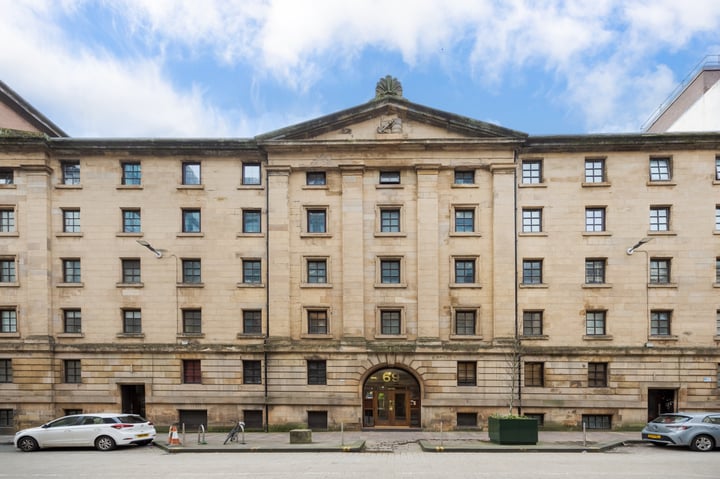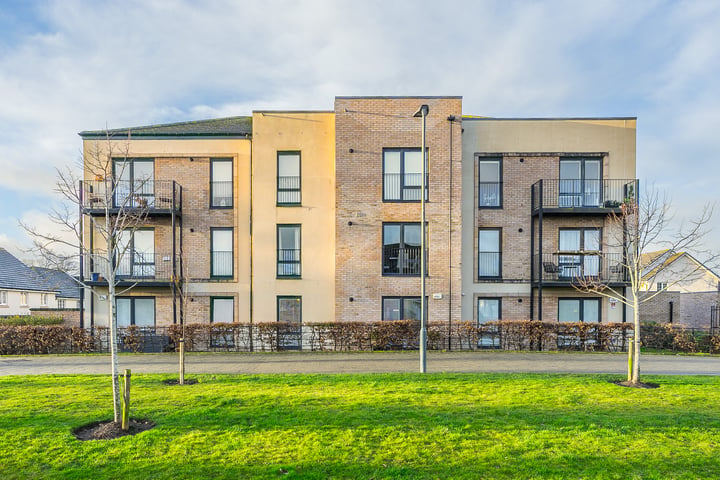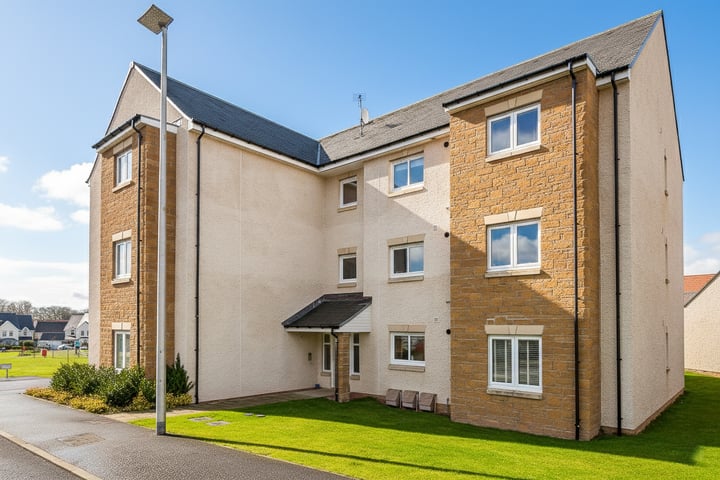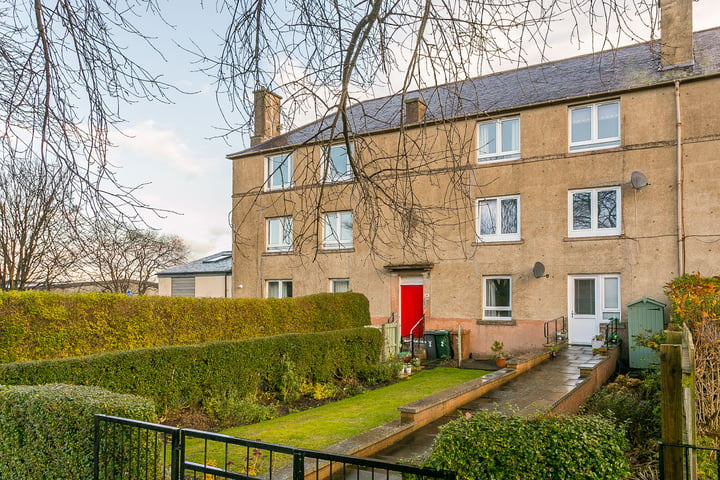If your property is already on the market, you have probably heard in the Press in the past few days about significant changes that have happened, literally overnight, to the Stamp Duty regime. So, if you’re already on the market, what are the changes and how might they affect your sale?
In Summary
From 1 April 2015, Stamp Duty in Scotland is due to be replaced by Land and Buildings Transaction Tax (LBTT). However, with effect from 4 December 2014, a new Stamp Duty regime replaced the old Stamp Duty regime. So we have a temporary tax regime, effectively, and the effect for most property buyers will be that tax on their property purchase will come down on 4 December and then, for some property buyers, go back up again on 1 April 2015!
For a full analysis of all of this, there is a detailed article on the Blog on our website here: http://www.mov8realestate.com/2015/01/changes-lbtt-rates-april/.
In short, if you are currently on the market, there are two things to consider:
- The change from the previous Stamp Duty regime to the current one;
- The change from this new current Stamp Duty regime to LBTT on 1 April 2015.
Both of these will affect property buyer behaviour differently.
The change from the previous Stamp Duty regime to the current one
For a full breakdown of what the changes are, I really would recommend reading the full Blog article in the link above as it’s difficult to sum-up in a couple of sentences. However, by way of summary…
The previous Stamp Duty regime was a ‘slab’ tax. This meant that at certain property purchase prices, the tax would jump significantly. The most dramatic threshold was the 3% bracket at £250,000. The buyer of a £249,999 property would pay around £5,000 less in tax than a buyer of a £250,001 property. The property price difference was only £2! This, clearly, was daft and our Managing Director spent a lot of his energies writing about how it distorted the market and campaigning for change. The ‘steps’ that would affect our current clients were at £125,000, £250,000 and £500,000.
The new system is progressive, so you pay tax on the portion of the purchase price that lies above the tax threshold. It’s similar to income tax that way. So, up to £125,000 you pay nothing. Then, from £125,000 to £250,000, you pay 2% tax on the bit that is above £125,000. In other words, for a £200,000 property, you pay 2% tax on £75,000 (the difference between £200,000 purchase price and the threshold at £125,000). Previously, you would have paid 1% Stamp Duty on the whole £200,000. In this example, that saves the buyer £500.
Whereas, previously, it was virtually impossible to get a buyer to pay £252,000 for a property, because they would pay £5,000 extra Stamp Duty as a result of going £2,000 above the 3% Stamp Duty threshold, this should now change significantly. The buyer of a £252,000 property will pay 5% Stamp Duty only on the BIT above £250,000 (in other words, 5% of £2,000). So, under ‘Old Stamp Duty’ the buyer would have paid £7,560. Under ‘New Stamp Duty’, the buyer will pay £2,600. This is a saving of £4,960!
It is possible therefore that buyers of any property over £254,000, and particularly when they are significantly above that price point, will want to bring forward a Date of Entry to 31 March 2015 or before. If that doesn’t suit you as a seller, that is of course a negotiating point and you are free to reject that proposed date of entry. However, given the size of the potential savings for some buyers, if this is likely to be a deal-breaker for the buyer, some of our clients might have to decide whether they are prepared to find temporary accommodation between the Date of Entry of their sale and the Date of Entry of their purchase, assuming they are purchasing in Scotland. Of course, it is possible that the seller of a property that falls into that price category, if they are selling in order to buy another property in Scotland, will be buying something either the same size or larger, in which case the chances are that they will want to tie-together the Dates of Entry of both the sale and purchase and get both done before 31 March 2015. See below for the challenges regarding this!
The change from this new current Stamp Duty regime to LBTT on 1 April 2015
Sadly, in Scotland we aren’t getting this new system for very long. On 1 April 2015, Land and Buildings Transaction Tax will replace this new and improved Stamp Duty regime. It should be noted that it is the ‘completion date’/’settlement date’ (the Date of Entry) that matters here. So, if the Date of Entry is on or after 1 April 2015, LBTT applies instead of Stamp Duty.
In short, for any property over £254,000, the buyer will pay more tax under LBTT than under Stamp Duty. As an example, the average selling price of a four bedroom house in Edinburgh in 2014, according to the ESPC, has been £395,110. A buyer would pay Stamp Duty of £9,756 but, as of 1 April 2015 they will pay LBTT of £16,811, a difference of £7,056.
Under £254,000, buyers actually stand to save money under LBTT rather than the current Stamp Duty regime. Will this make them wait a bit, so that they can have a settlement date of 1 April 2015 or later? Probably not. The saving is a maximum of £200. Basically, under Stamp Duty, a purchase up to £125,000 attracts 0% tax. Under LBTT, a purchase up to £135,000 attracts 0% tax. After that, the amount up to £250,000 is taxed, under both systems, at 2%. So, for a purchase of a property between £135,000 and £250,000, a buyer whose property purchase settles on or after 1 April 2015 will pay £200 less than if it settles before 1 April 2015. This might lead to some buyers seeking to delay the settlement for a few days so that they can save a bit of money on their tax, but this will of course be a negotiating point and you, as a seller, will be free to reject that proposed Date of Entry if it doesn’t suit you.
How to make sure these changes don’t cause your sale to fall through
On and around 30 March 2015, Scottish conveyancing solicitors will be having palpitations. The chance of a last-minute snag, a real possibility in the Scottish conveyancing process, delaying settlement from slightly before to slightly after the 1 April 2015 change-over date from Stamp Duty to LBTT is significant.
Buyers should do everything in their power to have absolutely everything in order at their end. That includes having all mortgage and finance paperwork, including proof of source of funds, absolutely to hand and sent over to solicitors in record time. One of the main reasons that purchases are delayed is delays in lenders providing the purchasing solicitor with paperwork regarding the mortgage. A professional, independent mortgage adviser can assist hugely with this process and speed it up, and anyone thinking of settling around this time to save a significant amount of tax would do well to speak to a professional mortgage adviser rather than trying to shop-around themselves for their mortgage.
For the seller, the chance of the sale falling-through if the buyer can’t secure a settlement date that’s suitable is also significant. Sellers should therefore read all paperwork sent to them by their solicitors, very carefully, and make sure that all paperwork or issues that could hold-up the sale, such as permissions and completion certificates for alterations, confirmation of the estate or inhibitions due to unpaid Council Tax are provided to the solicitor as early in the process as possible.
Conclusion
We hope that this guidance makes some sense. We have posted a number of articles to our Blog, so please do feel free to have a look at those various articles for guidance. If you have any questions about how all of this affects you in your own particular circumstances, please just drop us an email or give us a wee call in the Negotiation Team and we will be delighted to help!







Leave a Reply